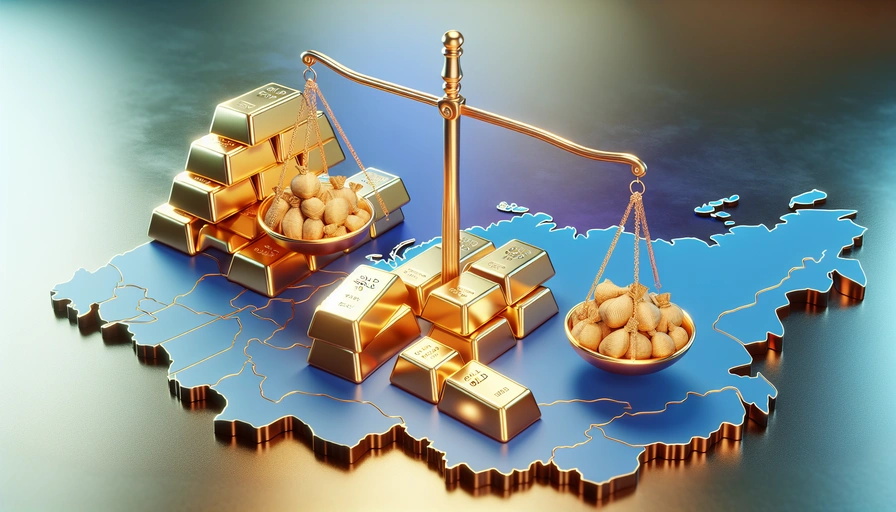The gold trade in Russia has been a topic of significant interest and concern, especially given the country’s economic and geopolitical landscape. Here, we delve into the latest developments and their implications for Russia’s gold trade.
- J.P. Morgan Forecasts $3,000 Gold by 2025: J.P. Morgan predicts that gold prices will reach USD 3,000 per ounce by the fourth quarter of 2025. This forecast is driven by fluctuating US trade policies and inflation data anticipation. The price of gold has already seen significant increases, surpassing USD 2,800 per ounce in late January 2025 following the announcement of new tariffs by the US.
-
Mineros’ Revenue Soars 14% to COP 2.2 Trillion in 2024: Mineros, a leading Colombian gold company, reported a 14% increase in revenue in 2024, driven by high gold prices. The company’s strategy focuses on operational efficiency and cost control to maintain profitability amidst fluctuating gold prices and increasing environmental regulations. This trend reflects the broader global market dynamics that also impact Russia’s gold trade.
-
Colombian Army Raids Illegal Mining and Brickworks in Nemocón: The Colombian Army’s operation against illegal coal mining and informal brickworks highlights the ongoing challenges in the mining sector. This situation is not unique to Colombia, as Russia also faces issues with illegal mining activities that can affect the overall stability and regulation of its gold trade.
-
Ecopetrol Approves Final Investment Decision for Gato do Mato Project in Brazil: Ecopetrol’s investment in the Gato do Mato project in Brazil, which includes a deepwater condensate gas discovery, underscores the importance of diversifying energy and resource investments. For Russia, similar diversification strategies in its gold trade and broader resource management could be crucial for economic stability.
-
Colombian Businesses Boost Spending on Cybersecurity, Cloud, and AI: The increased investment in cybersecurity, cloud migration, and artificial intelligence by Colombian businesses reflects a global trend towards digital transformation. For Russia, enhancing technological capabilities in the gold trade sector could improve efficiency, security, and competitiveness in the global market.
In summary, the gold trade in Russia is influenced by global market trends, including rising gold prices and the need for technological advancements. The experiences of other countries, such as Colombia, provide valuable insights into managing and optimizing gold trade amidst economic and regulatory challenges. As Russia navigates these dynamics, strategic investments and regulatory measures will be key to sustaining and growing its gold trade sector.

